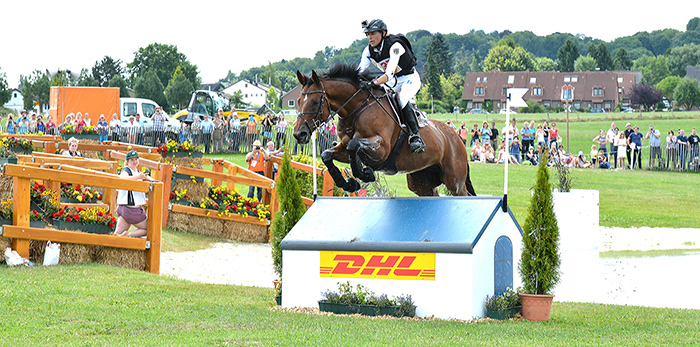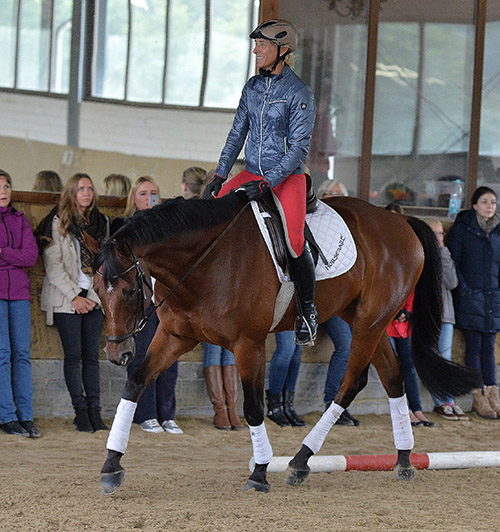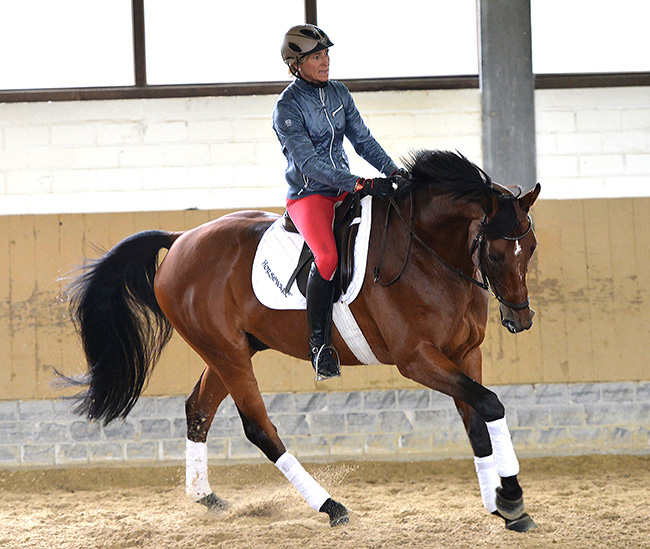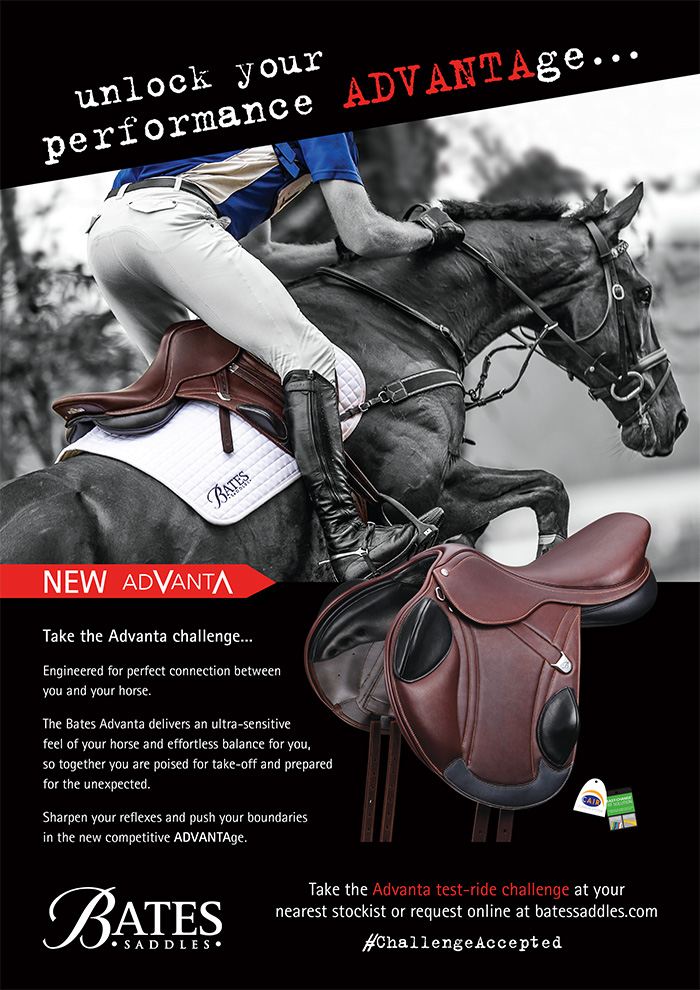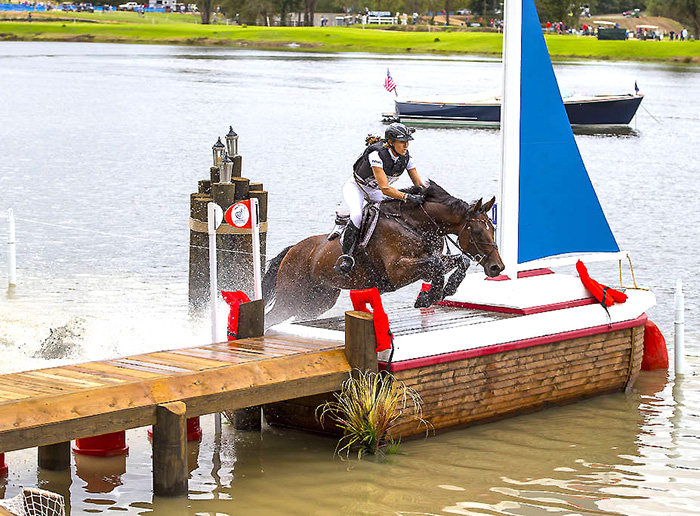
Ingrid Klimke talks about training eventers, and the place, and importance of dressage in her system, and her successes…
“The better my dressage transitions are, the better the thoroughness, it means the horse can go from very fast, to very balanced and collected on the hindquarters, energy from behind, through – no argument with the bit – because the transition is through and fine, the horse can focus on the jump.”
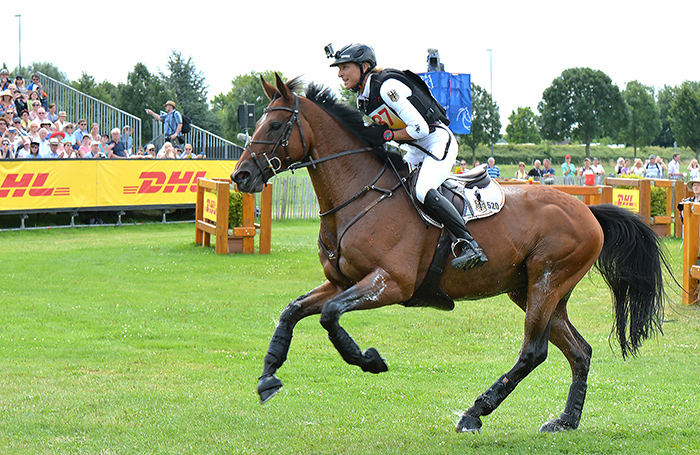
“That for me is dressage for cross-country. It is thoroughness, in the transition from fast to slow down, the horse must be on my seat, I sit down, come with my legs, very soft with my hands, and he is through. If you call that dressage, then I am very happy my horse is very good in dressage.”
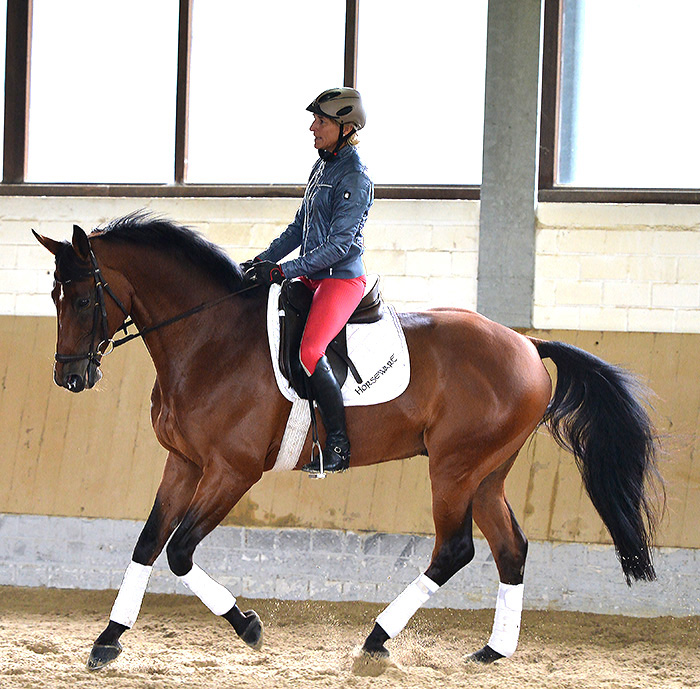
Can you teach an eventer too much dressage?
“No.”
If you thought it would improve Bobby’s (Horseware Hale Bob) trot would you teach him piaffe?
“That’s what I did. Bobby is not a spectacular mover and he had a very poor Thoroughbred trot when I got him at the age of five.”
“The other is the pirouette. If the horse sits on his hindlegs and has the energetic, quality collected canter that I need for half pass and pirouettes, it’s good for them. They get stronger behind, they are in better balance and they are much more using their bodies. We are looking for a healthy athlete in the long run, using the exercises I can do in dressage, I can have my horse straight, balanced on both legs, and that means healthy and sound in the long term. This is for me dressage.”
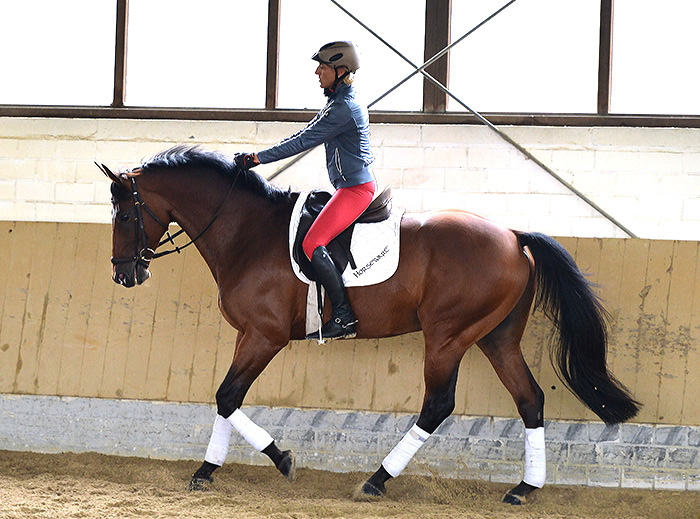
“For me quality dressage, not the forced dressage, not where you pull the horse or force the horse to do something, dressage is a dance – you can dance through a test with little aids.
The more soft and gentle my aids are on cross country the better, then I can really speed up, slow down, turn – a balanced turn – have my horse absolutely under the centre of gravity. That’s what I need in a pirouette, and that’s what I need in a line of fences, where you have a narrow one uphill, down two strides, turn, there the horse must be in balance.”
